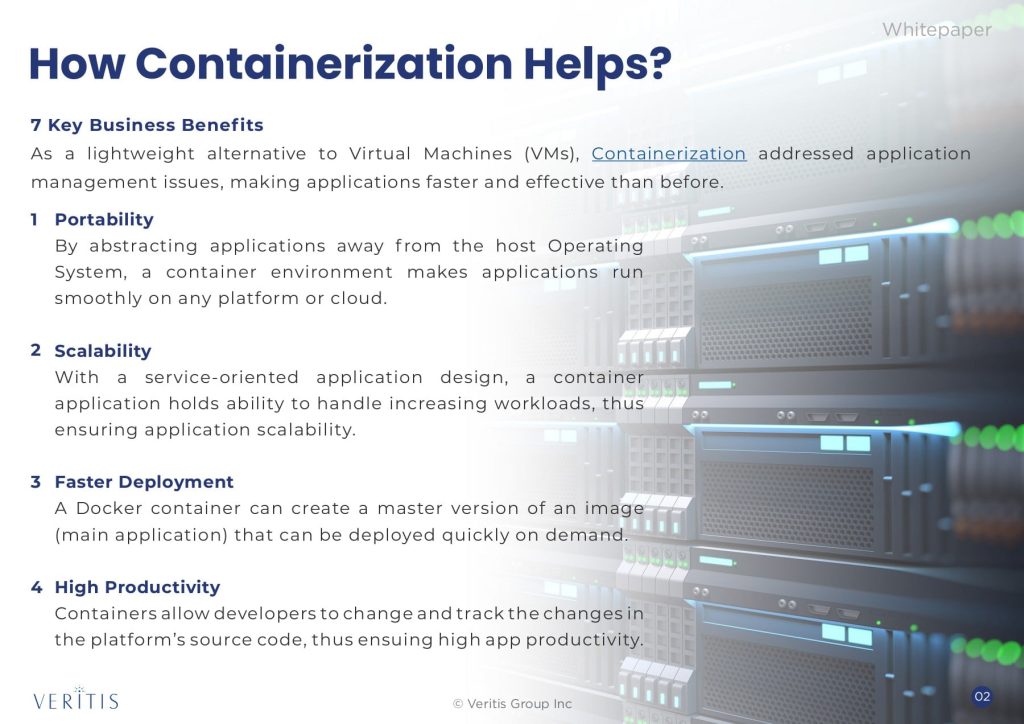How Containerization Technology Can help Your Business

Containerization technology is a relatively new development that uses large-scale warehouse and shipping systems to keep inventories on-site rather than in-house.
By streamlining many of the processes involved in traditional on-site inventories, this technology allows for better customer service, cost reduction, and inventory control.
Containers allow companies and even individual buyers to maintain inventories at their site instead of having to maintain an off-site location for storage and shipping purposes.
When buying a container, however, buyers must be aware of the advantages and limitations of containerization technology.
Advantages of Containerization Technology
The advantages and limitations of containerization technology depend on the application and the specific application’s ability to meet the needs of the buyer.
Buyers who are not familiar with containerization technology may end up paying too much for the commodity.
Applications such as pharmaceuticals require the ability to read and view images in real-time and a quick upload and download process.
Using containerization technology, developers can separate virtual servers from containers and then utilize microservices for application dispatching.
Several different types of microservices have been designed for application deployment.
Businesses have seen containers in shipping yards that store and ship goods from one location to another for damage or destruction to prevent further damage.
Another type of application requires that the platform can host both desktop and mobile apps.
Companies use these apps to access information while on the go and to perform other tasks.
Mobile apps need to be developed using lightweight software since they will run on lower processing power in a mobile device.
Desktop software that is deployed over a network must be able to work on higher processing power.
Some other advantages of containerization technology include: reduced IT costs since the IT management takes care of security, infrastructure, routing, and monitoring.
Developers benefit from having flexibility when choosing which technologies to use.
Developers can run inside containers based on their preference of tools and operating systems.
This enables them to easily develop new applications.
Containerization in Info-Tech
Containerization technology has enabled IT managers to create a standardized architecture that hosts containerized application servers.
In most cases, the infrastructure requires two server operating systems.
One runs on the host operating system and the other is a containerized application engine.
Containerization technology ensures that each application runs efficiently on the same platform.
The IT manager must ensure that each application and its database connection with the appropriate and up-to-date database service.
Containers are easy to set up, configure, and use.
Each environment can run parallel to the other and can scale up or down as needed.
Hybrid virtual machines have made it easy for IT departments to adopt containerization technology.
These software development techniques can be adapted to many different types of environments.
It is important to consider all of the options in a given scenario because a business’s needs may change over time.
IT managers should consider using the best practices for each environment.
This includes how to work within the constraints of existing platforms.
For instance, a traditional virtual machine may not be ideal for a mobile device presence.
Container-based apps are more efficient than virtual machines because they do not have to dedicate system resources to an individual program.
Virtualization and Containers
All processes are shared throughout the entire network. Because the entire infrastructure is active, there is no need to upgrade servers, bandwidth, or storage.
There are many benefits to these forms of application delivery. First, a business does not have to invest in a costly development and testing team.
An environment where there are fewer resources dedicated to each application is called an isolating environment.
Virtualization and containers allow for better resource utilization, which translates into fewer resources overall.
Businesses that need additional security and greater control over their applications should consider container solutions.







